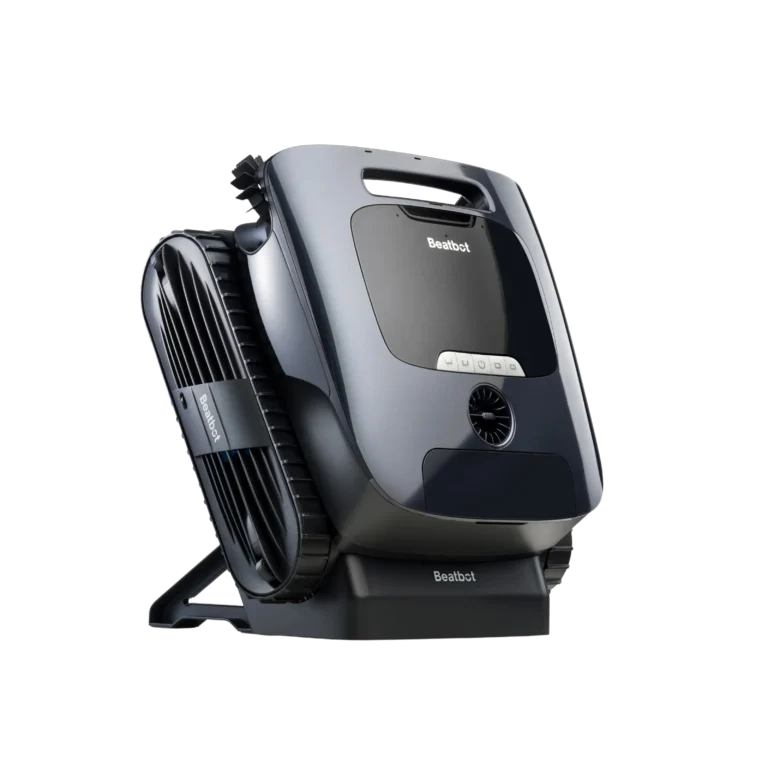A Guide to CE Marking for Medical Devices
CE marking on medical devices is a crucial part for manufacturers to comply with the legal requirement of the EU regulatory body. CE approval for medical devices guarantees that the product meets the GSPR (General Safety and Performance) criteria as mandated by the EU medical regulatory body. The CE logo on the packaging helps to gain the customer’s trust and also ensures the safety standard. Maven, a regulatory professional expert consultant, guides companies to understand the specific requirements of the EU CE marking criteria. The professional regulatory consultation service prepares the technical documentation for CE marking that helps to get CE approval in an easier way.
CE approval for medical devices process
Medical device manufacturers must follow the Medical Device Regulation (MDR) 2017/745 for adhering to the set of updated regulations regarding the health and safety of people. One can get the permit to sell the product in the EU only after getting approval from the notified body of the EU, which governs clinical investigation and distribution of medical devices across Europe. Here are the step-by-step procedures that a company needs to follow for CE approval for medical devices.
- First, one needs to determine the category of product, like medical devices, which come under MDR 1017-745 regulation, and in vitro diagnostics regulation (IVDs), which falls under IVD 2017/746 regulation. You have to classify your product according to risk, like Class I, Class IIa, Class IIb, or Class III.
- Building a robust quality management system (QMS) according to ISO 13485 guidelines helps to attain the desired level of standard set forth by the European Commission. QMS confirms the product quality and effectiveness for getting the best result.
- CE approval for medical devices requires furnishing a technical document with product description, manufacturing information, risk assessment, test report, and clinical trial results.
- The applicant has to go through the audit as specified by the EU notified body to pass the conformity assessment. However, some of the Class I medical devices do not require audit, and it can be self-certified for not having major risk exposure.
- Once the manufacturer passes successfully the conformity assessment audit, it receives the CE marking certificate for its product along with the ISO 13485 certificate.
- In the final step, the manufacturers submit the declaration of conformity. It is a legal document confirming that the medical device meets all the requirements of the notified body.
CE approval for medical devices is essential for new entry into the EU market. It gives the confirmation on quality and standard medical devices. Moreover, customers get the confidence to buy the product considering the CE marking. The CE marking on the packaging is not only beneficial for the business, but it also assures the consumer of healthy and safe practices.
Frequently Asked Questions
Q1. How to classify medical devices?
Medical devices are classified based on risk exposure into class I, class IIa, class IIb, and class III.
Q2. Where should the CE marking be placed?
CE marking should be labelled on the product. If not possible, one can also place it over the packaging.
Q3. How is registration of a medical device done?
A unique UDI number from the European database is assigned to every medical device that contains detailed information about the product.
Also Read-Digital Twin Technology: Use Cases, Challenges, and Opportunities






